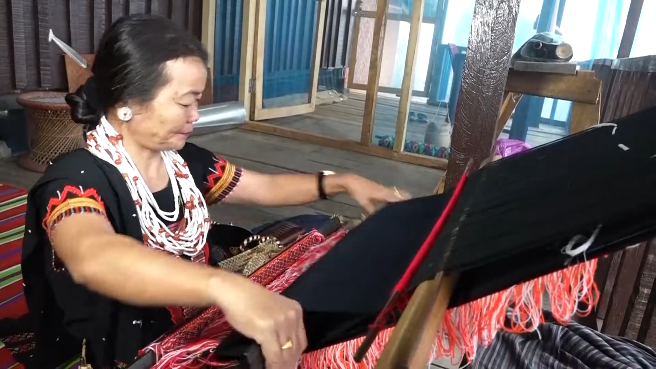
Themes
tribal clothing and textiles
Thuma (Skirt), arunachal pradesh
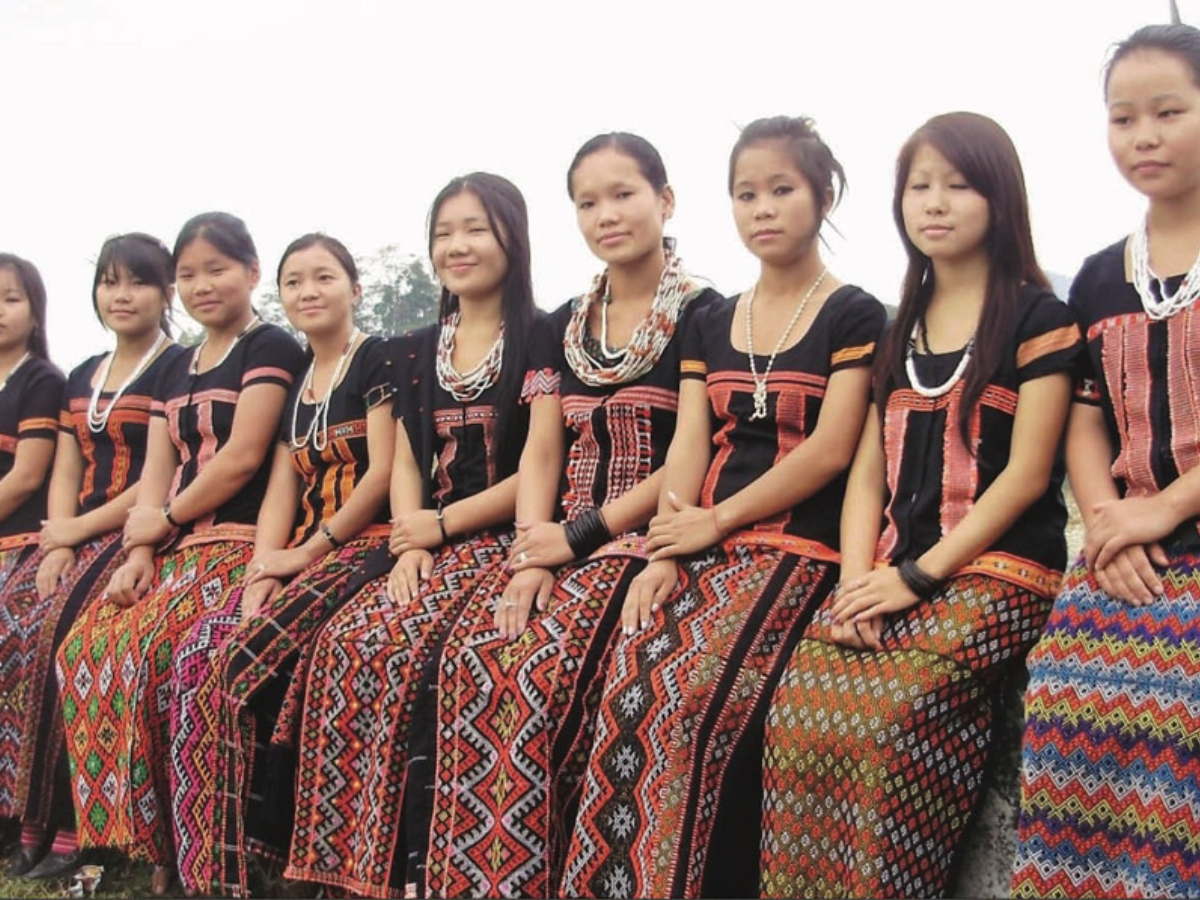
The Thuma has been a customary female attire of the Idu Mishmi Tribe in Arunachal Pradesh Roing Lower Dibang Valley. It possesses many designs in weaving very fancy styles, thereby reflecting the craft skills of the Idu Mishmi people. The Thuma is made of cotton, wool, and zari fabric; thus , it serves utility and carries symbolic representation of tradition and day-to-day utility.
The Idu Mishmi Tribe is an aboriginal group that originally inhabits parts of the Lower Dibang Valley in Arunachal Pradesh. Idu Mishmi people are mainly involved in the production of textiles. Dyes in contrasting colors are used to dye the fabrics that they use for their clothing, which are mostly based on natural fibers. Traditional attire symbolizes cultural identity; however, garments like Thuma speak for artists' expression of textiles and their deeply embedded associations with heritage.
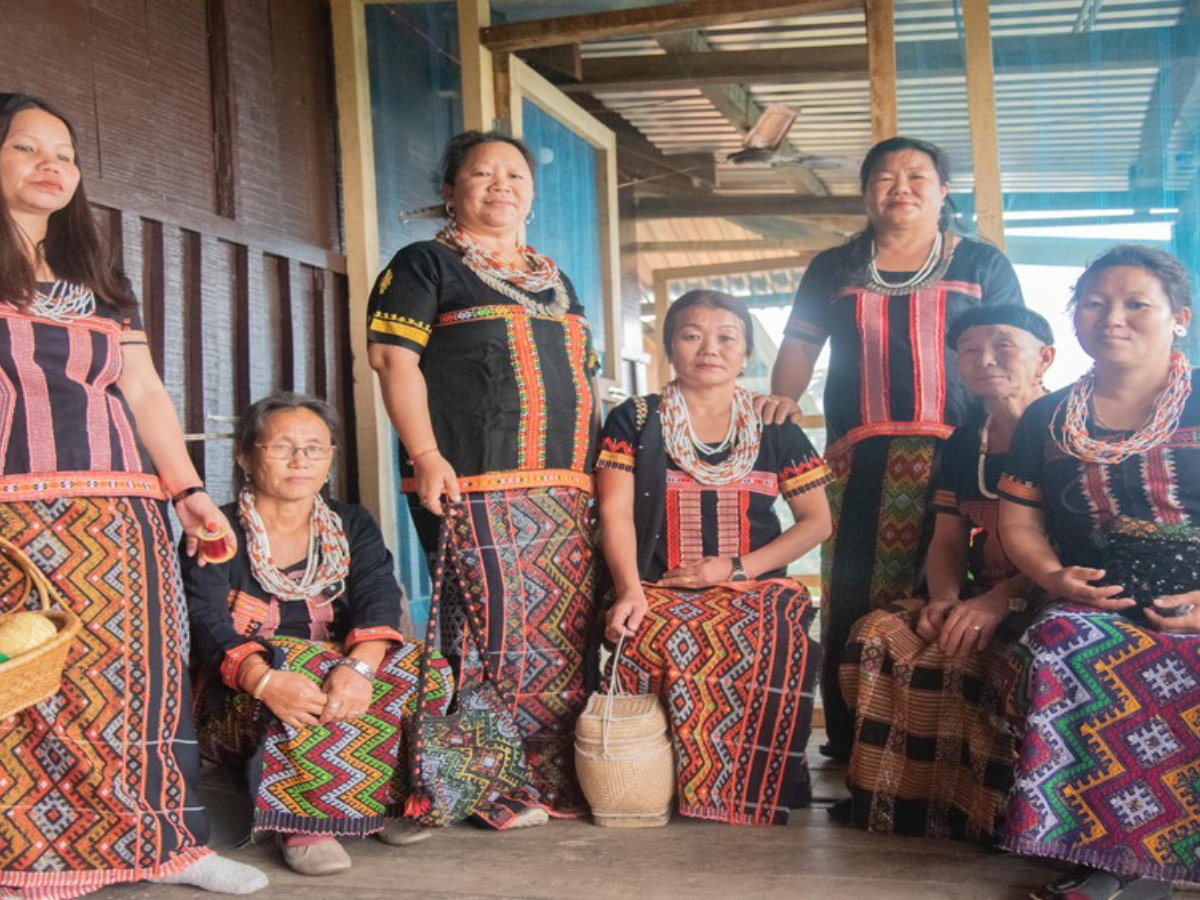
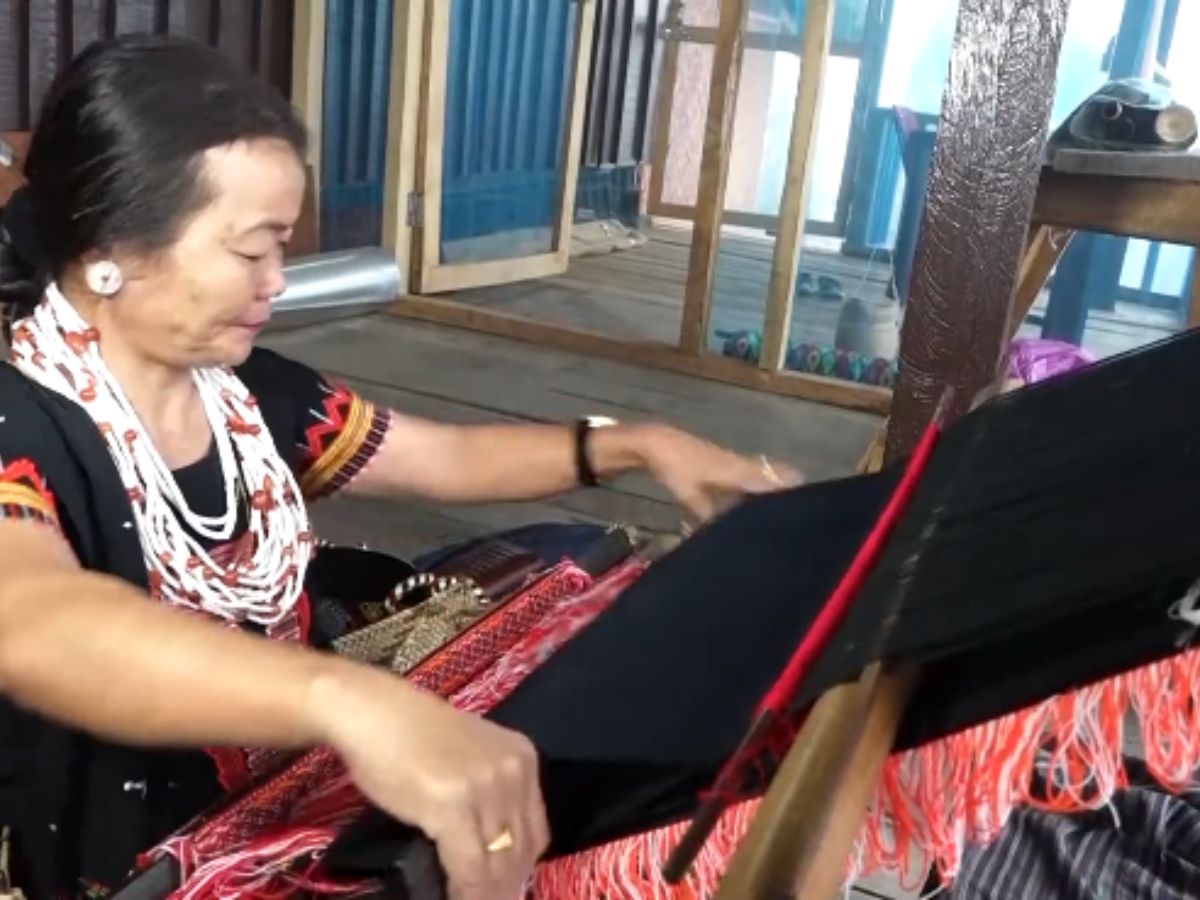
Thuma is made of cotton-wool-zari threads which make the garment warm, comfortable, and good to look at. Cotton access breathability, whereas wool provides warmth making it suitable for the cold weather in the region; inclusion of zari to enhance elegance gives the skirt a lovely gleam, which enhances its beauty.
The Thuma serves as a lower garment traditionally worn by female members of the Idu Mishmi Tribe. This skirt is ty ally wrapped around the waist and tied securely, providing ease of movement and comfort for daily activities. Beyond its practical function, the Thuma also holds cultural importance, often worn during ceremonies and festivals to honor the tribe's customs.
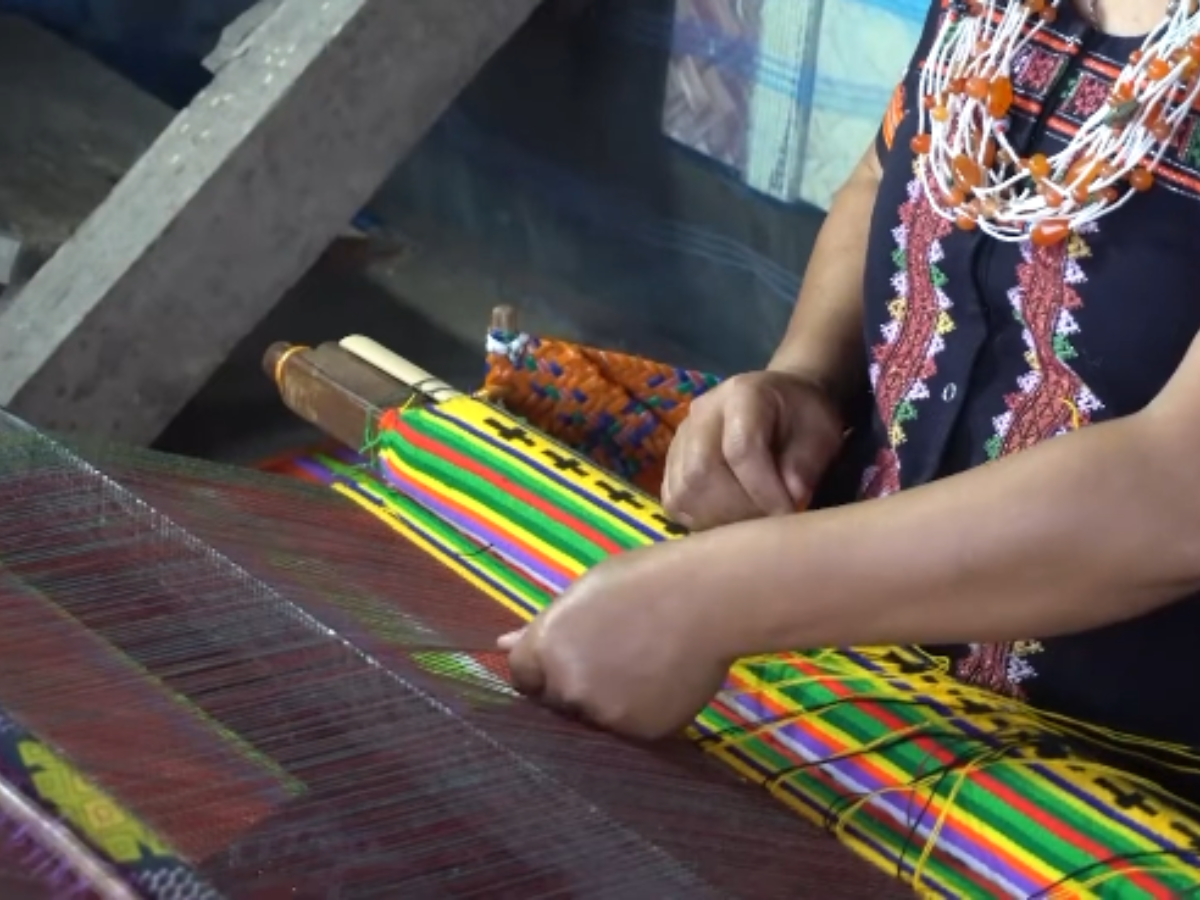
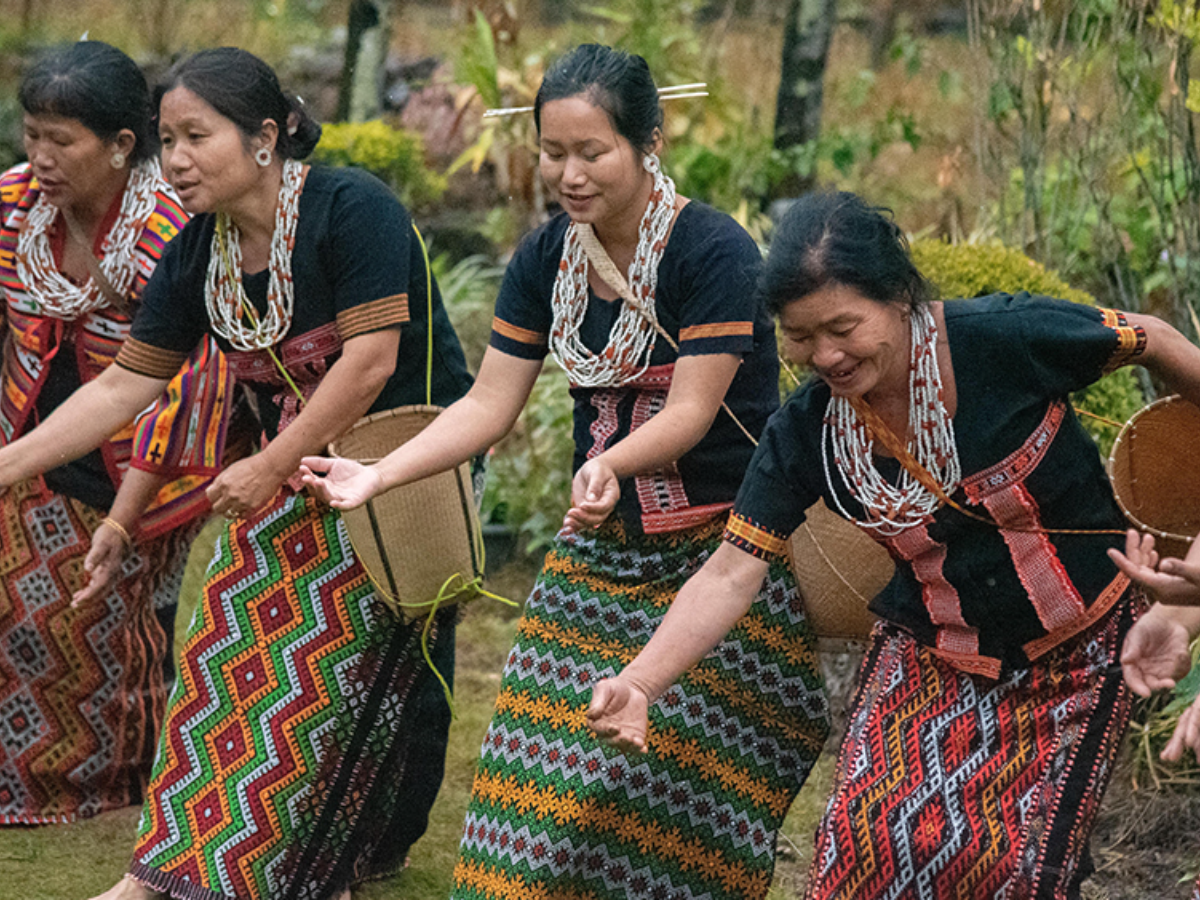
The Thuma goes beyond just its use as an outfit; it embodies an identity and heritage in the Idu Mishmi. Festivals and ceremonial occasions call for wearing this garment, which speaks of the age-old artistry of the tribe and their bond with the environment. Each Thuma is made with care, as it is part of accumulated knowledge through the generations about textiles, reminding one of the pride and unity that the Idu Mishmi community shares.

